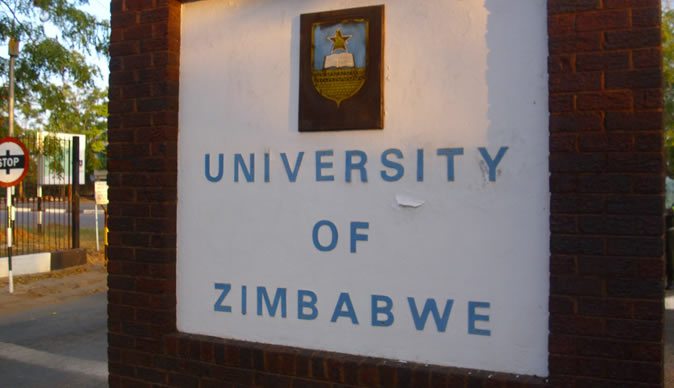The Zimbabwe Institute of Engineers together with the University of Zimbabwe, Department of Mechanical Engineering, jointly hosted an Engineering Indaba on Friday , 11 November 2016 at the University of Zimbabwe.
The purpose of the Indaba was to bring together various stakeholders to participate in the discussion on issues that affect the economy of Zimbabwe and develop solutions that encourage progress especially in the small scale mining sector.
The Indaba started with a presentation from Munyaradzi Meki on the SADC Road Traffic Signs and Signal Regulations. In 1993 SADC countries signed the protocol on Transport, Meteorology and Communications and Zimbabwe agreed to implement the road traffic signs as part of a SADC initiative.
The protocol was to adopt and implement harmonised, roadworthy requirements, loading requirements and many other aspects of transport and traffic.
The agreement to accept a uniform road sign system was accepted in 2002 and member states include Angola, Botswana, Lesotho, Malawi, Mauritius, Mozambique, Namibia, South Africa, Swaziland, Tanzania, Zambia and Zimbabwe.
Under the protocol there are over 800 SADC road signs under 3 new classifications; Class I: Road Signs, Class II: Road Markings and Class III: Road Signals. There is clearer distinction between the signs with regards to shape and colour due to the high quantity.
The Indaba moved into the contribution of small scale miners to the economy and this presentation was made by Wellington Takavarasha CEO of Zimbabwe Miners’ Federation. Mr. Takavarasha highlighted that artisanal small-scale mining was largely poverty driven due to a collapsing economy and a prevalent drought situation.
Despite low production at individual level, the large number of units involved made total production at a national scale significant, equalling or even exceeding that of large miners.
In 2004 artisanal small scale miners produced 60% of the total 29 tonnes produced while in 2005 they produced half of the total 21 tonnes produced. Despite the gaps that exist and challenges faced by this sector, the economy could significantly benefit from formalisation of artisanal miners and implementing policies that encourage their development.
The Environmental Management Agency finally presented on the environmental impacts of small scale mining.
The presentation highlighted how small scale mining gives rise to negative environmental impacts and hardships affecting resident communities after the minerals have been exhausted. The aim was to propose the need for sustainable small scale mining models.
It was indicated that 8 126.75 hac. had been affected by alluvial mining and the most affected catchment areas included Sanyati, Mzingwane, Mazowe and Save. The greatest aftermath of small scale mining in most cases has been polluted water, degraded lands and infrastructure destruction.
The participants of the indaba suggested that sustainable models be developed, that will be able to address the issues that are brought up by alluvial mining.

